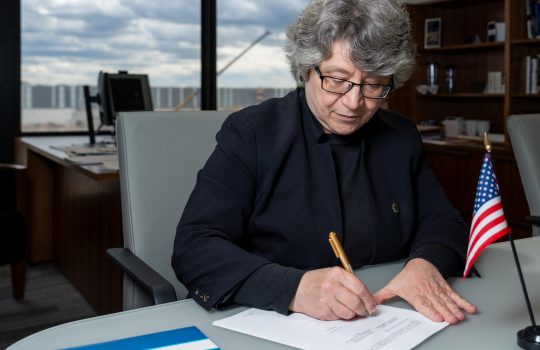The Deep Underground Neutrino Experiment could answer profound cosmic questions
Discover, March 26, 2025
Discover magazine interviews Dr. Robert Wilson, one of the founding members of DUNE, about the goals of DUNE in studying the behavior of neutrinos.



